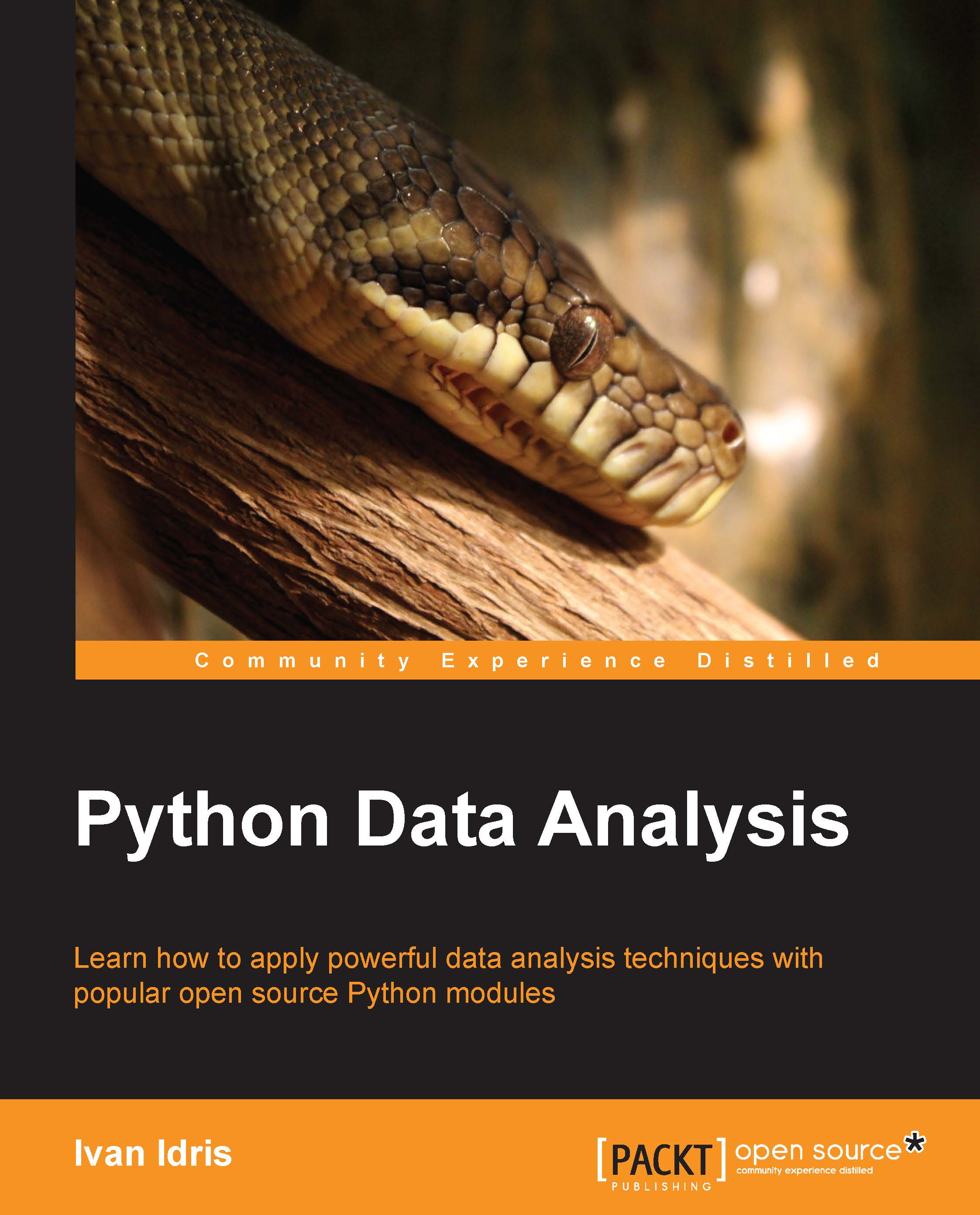Reading manual pages
When we are in IPython's pylab mode ($ ipython –pylab), we can open manual pages for NumPy functions with the help command. It is not necessary to know the name of a function. We can type a few characters and then let tab completion do its work. Let's, for instance, browse the available information for the arange() function.
We can browse the available information in either of the following two ways:
- Calling the help function: Call the
helpcommand. Type in a few characters of the function and press the Tab key.
- Querying with a question mark: Another option is to append a question mark to the function name. You will then, of course, need to know the function name, but you don't have to type
help, for example:In [3]: arange?Tab completion is dependent on
readline, so you need to make sure that it is installed. It can be installed withsetuptoolswith one of the following commands:$ easy_install readline $ pip install readline
The question mark gives you information from docstrings.


































































